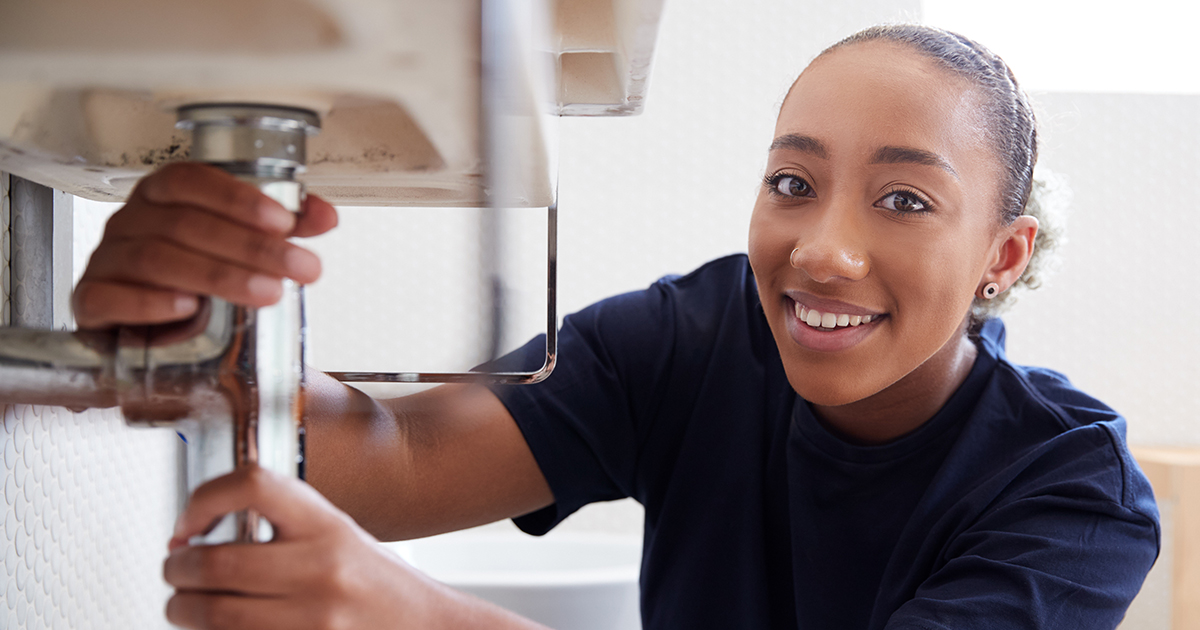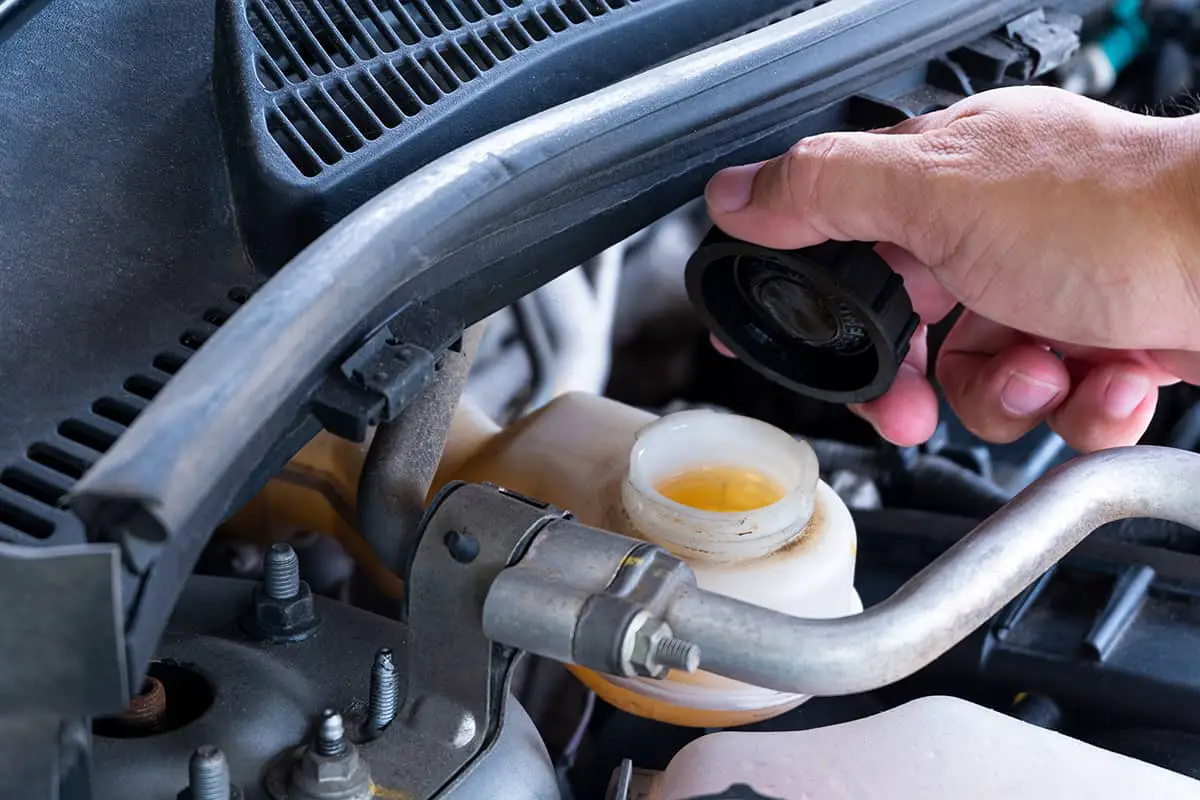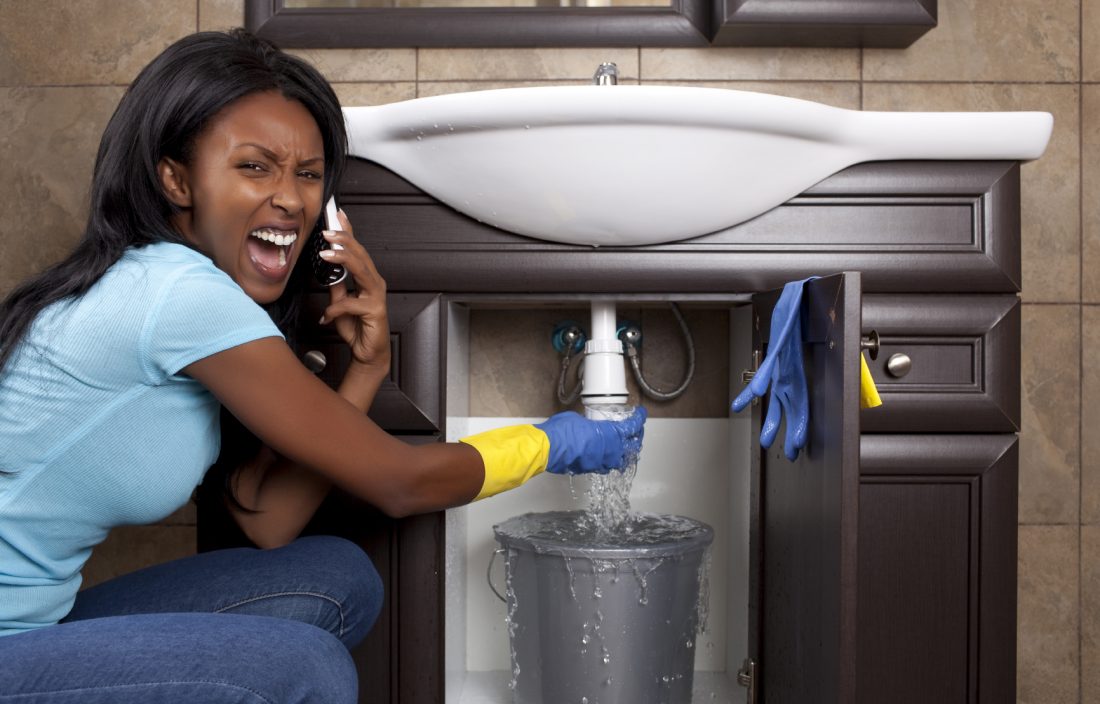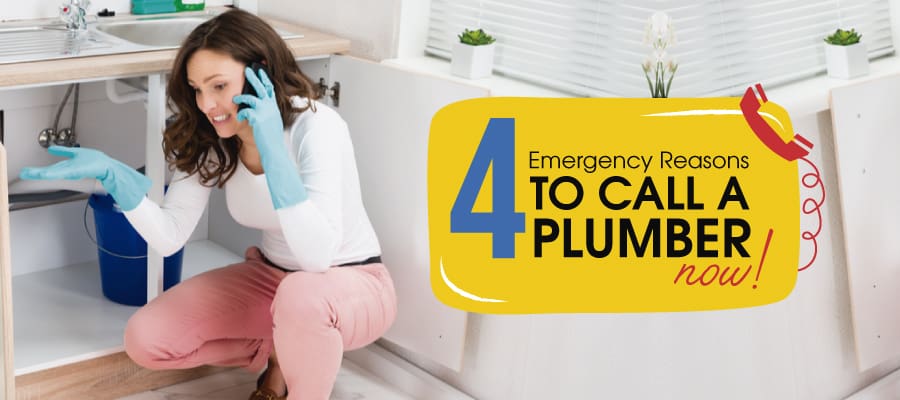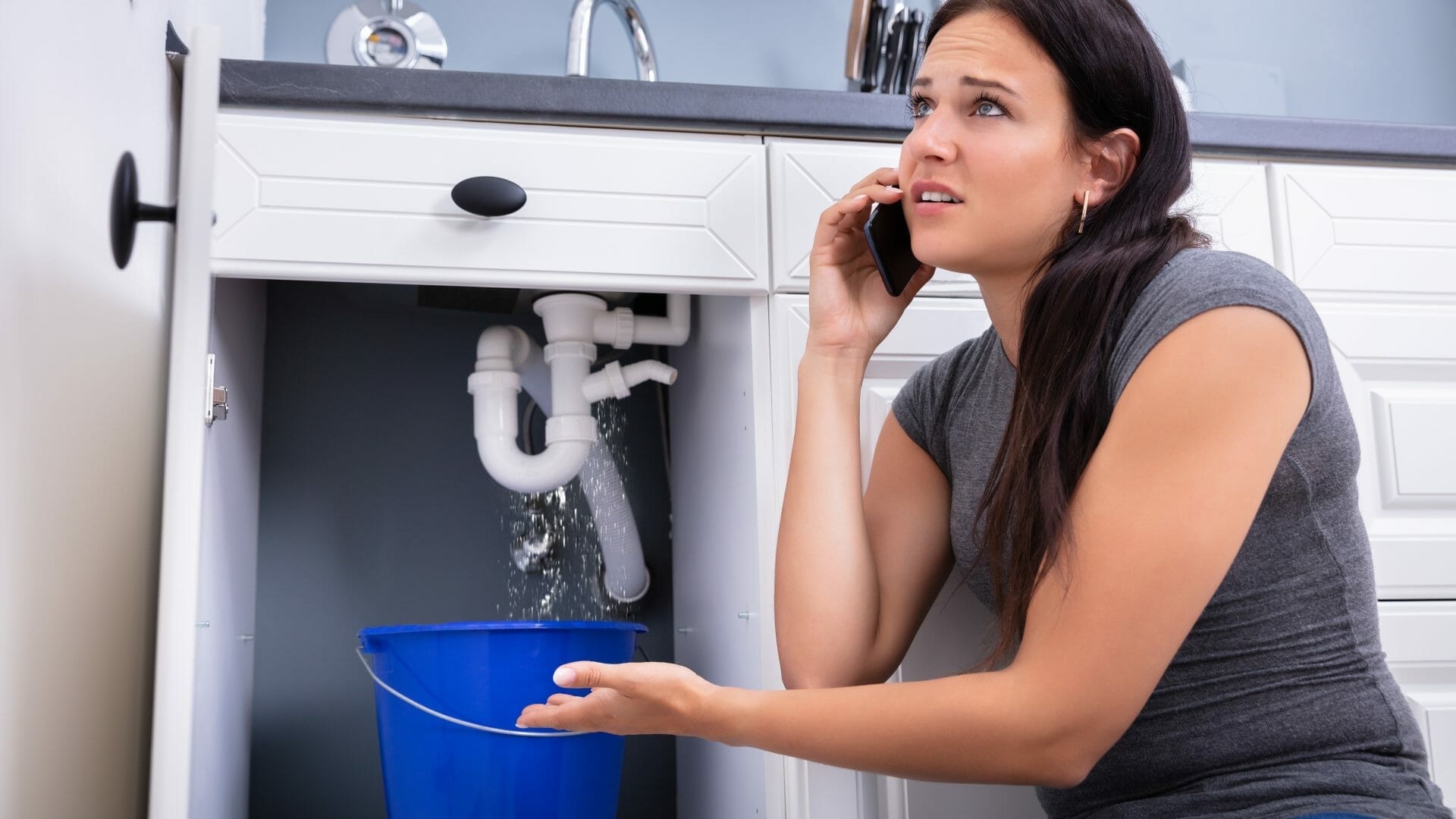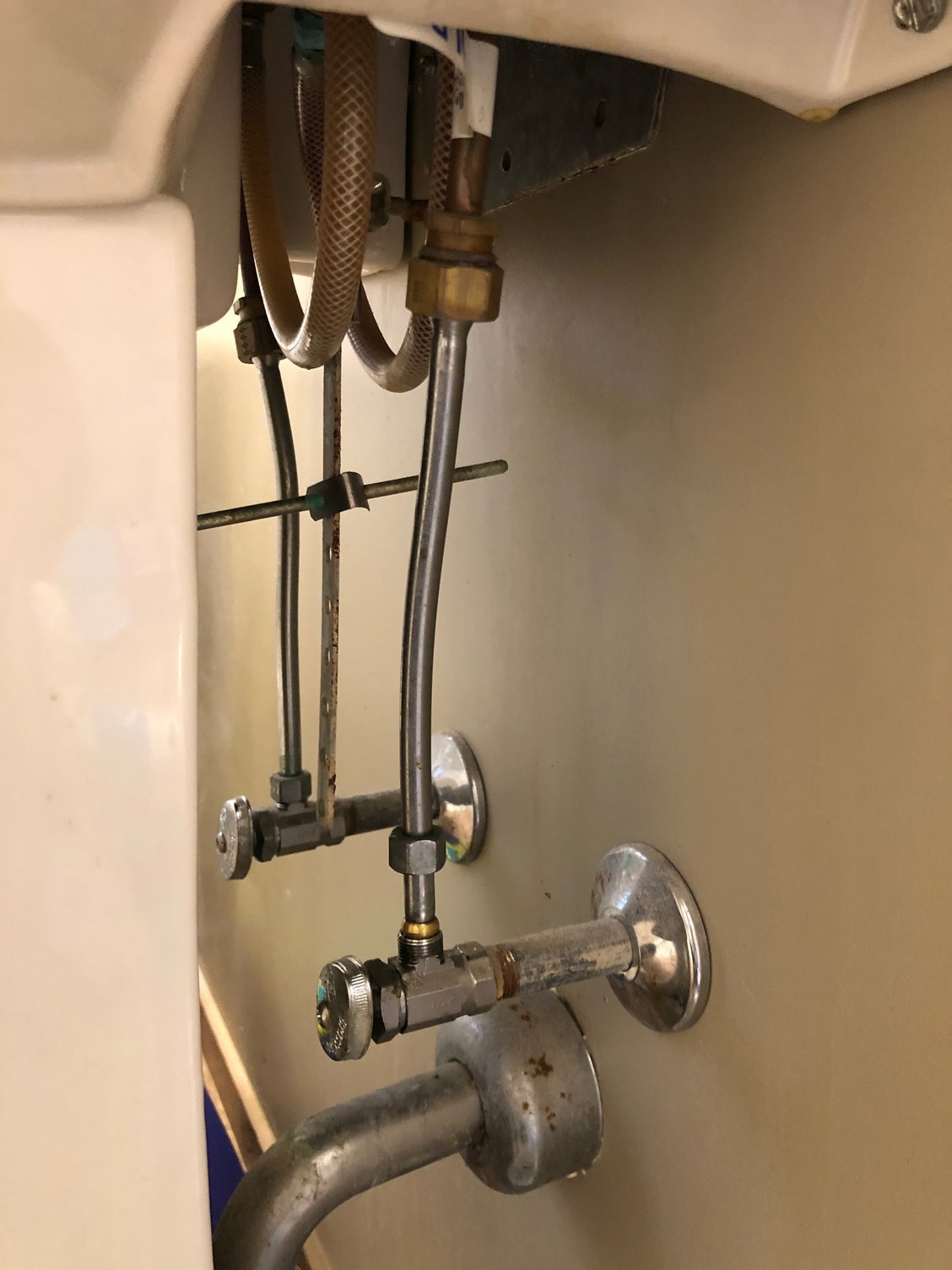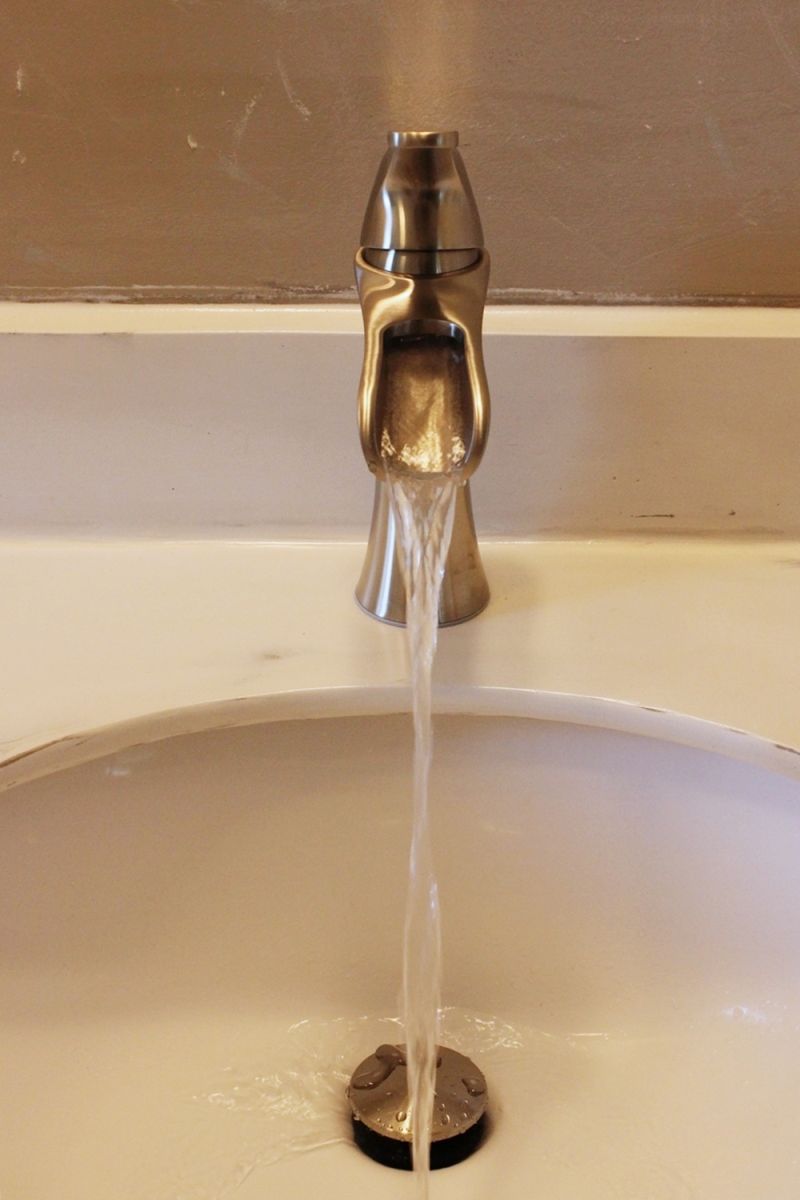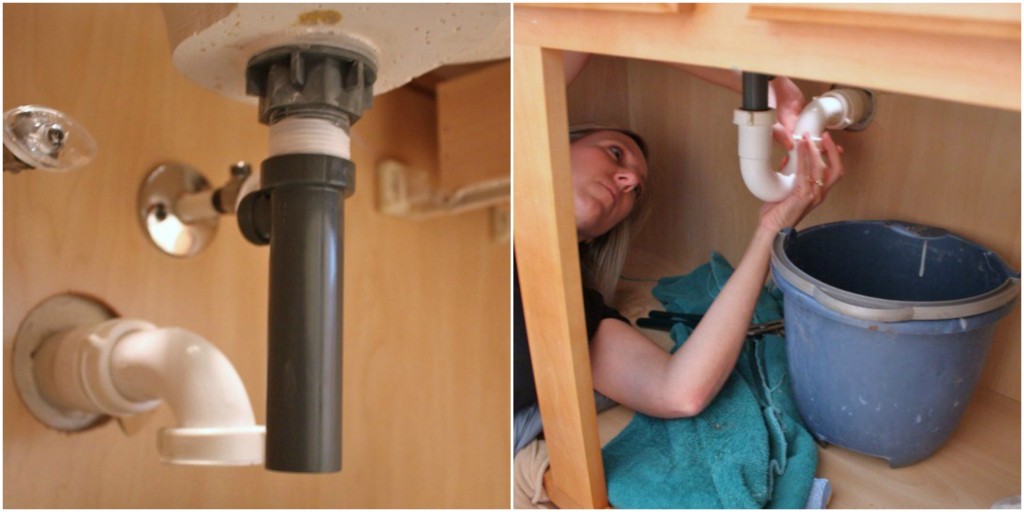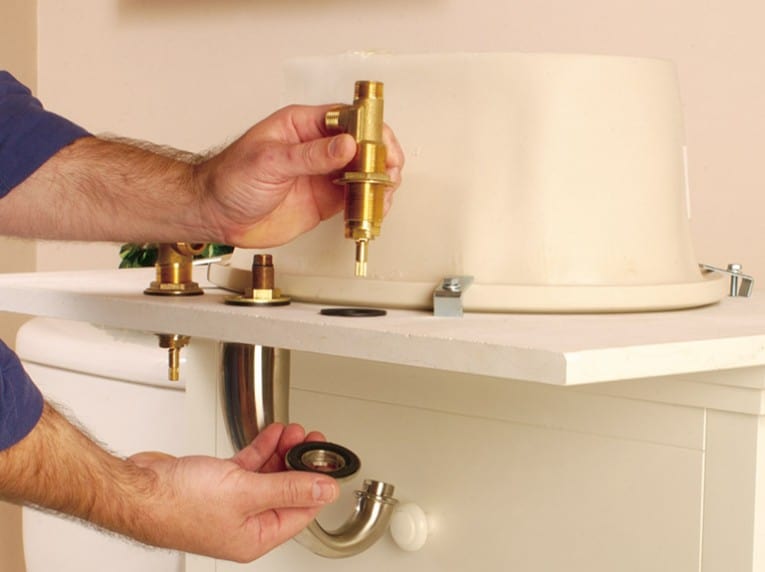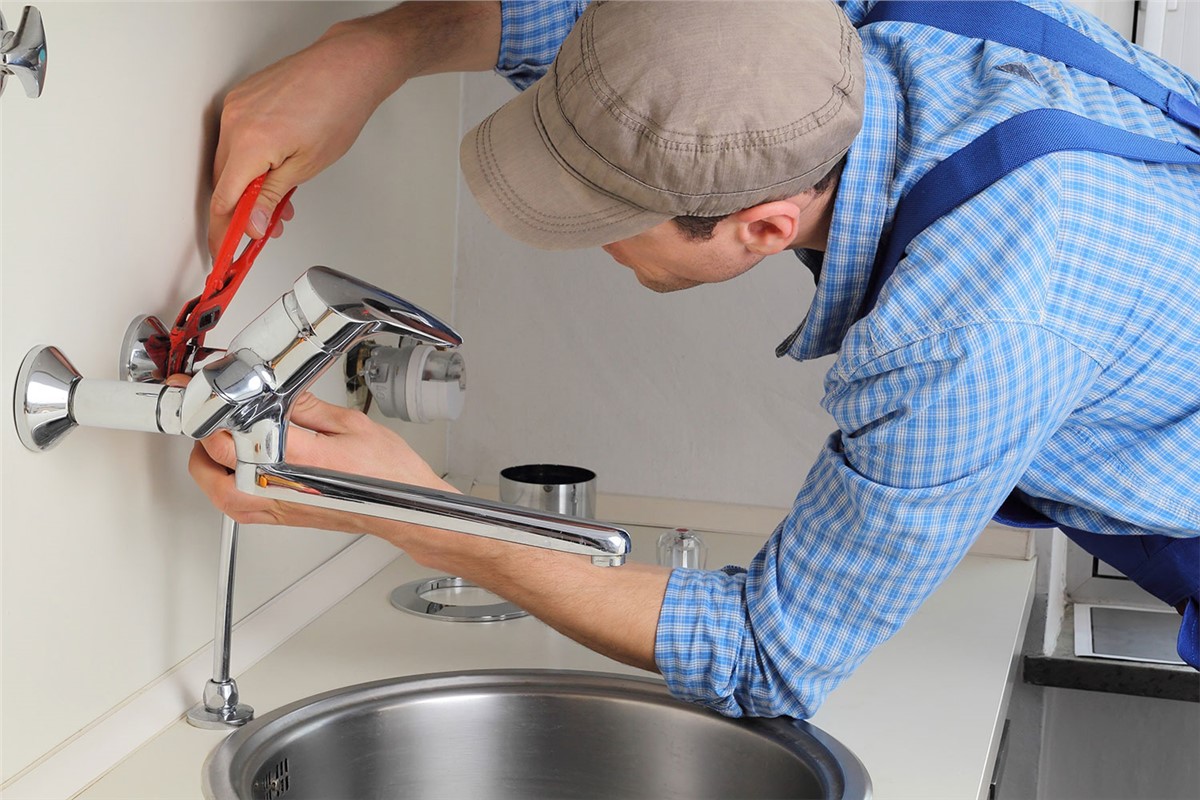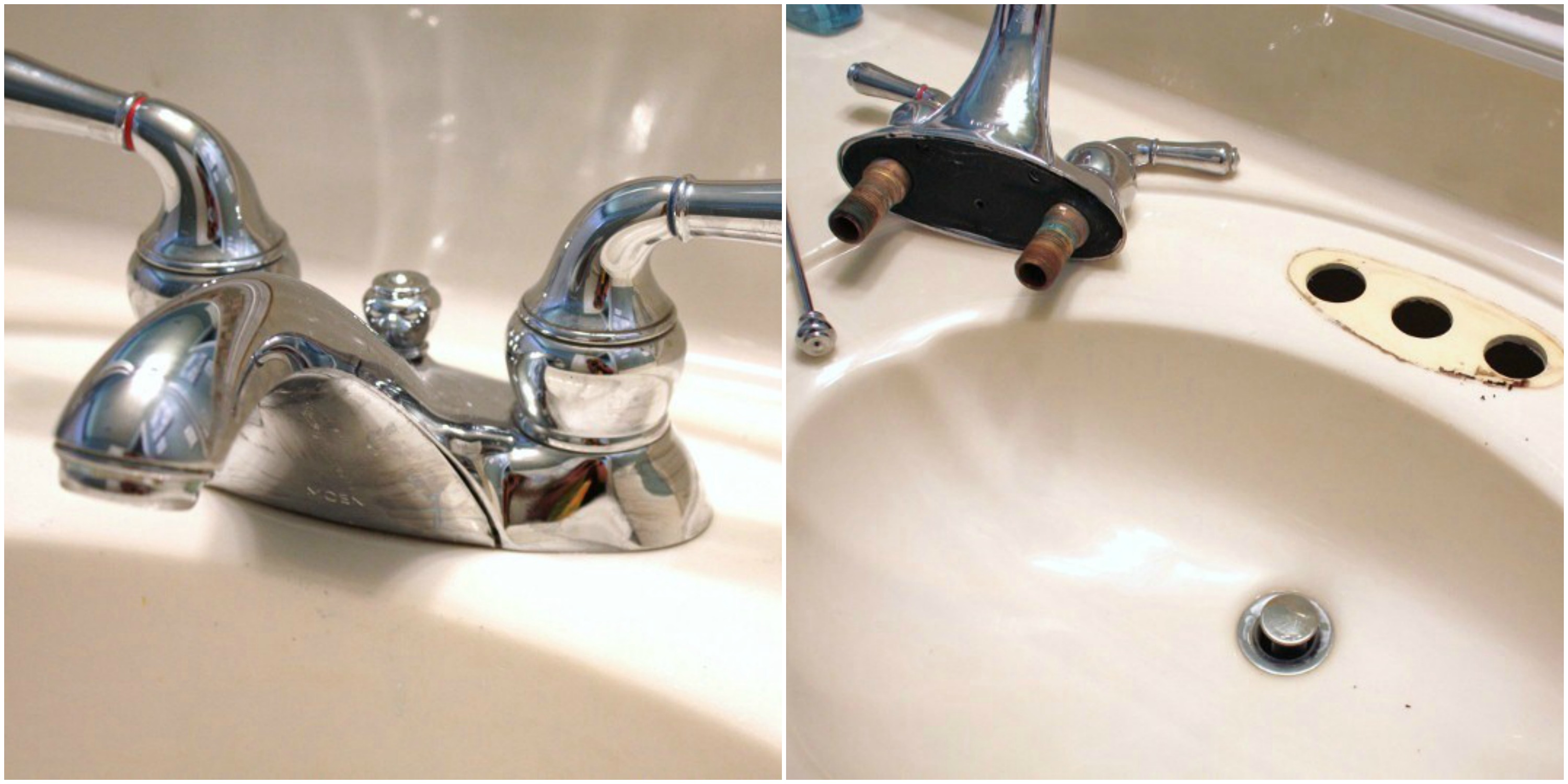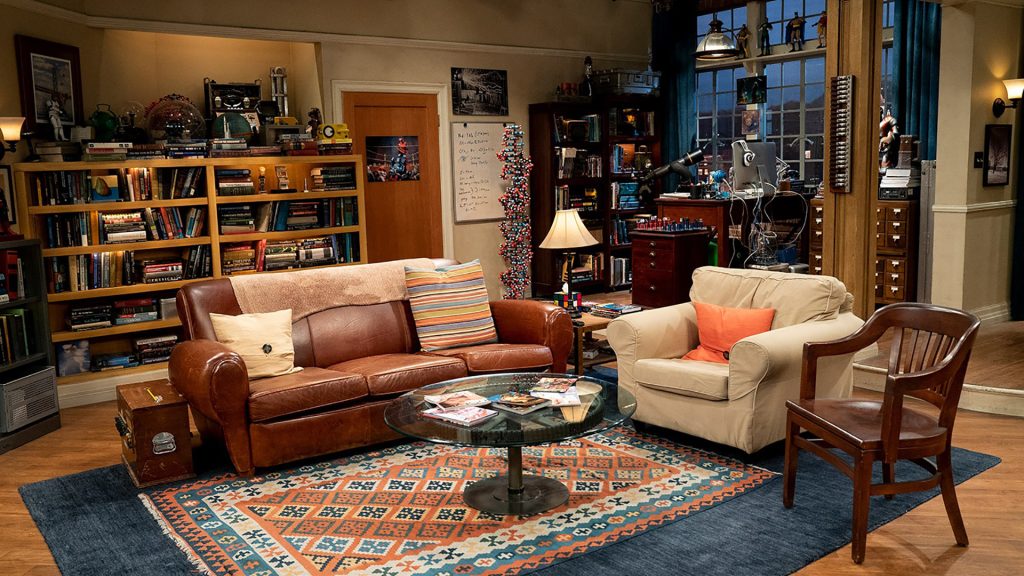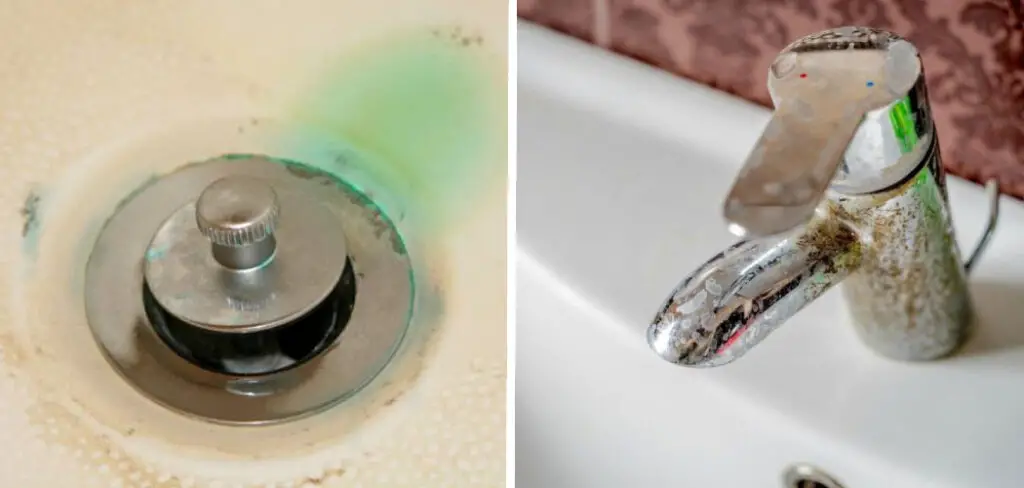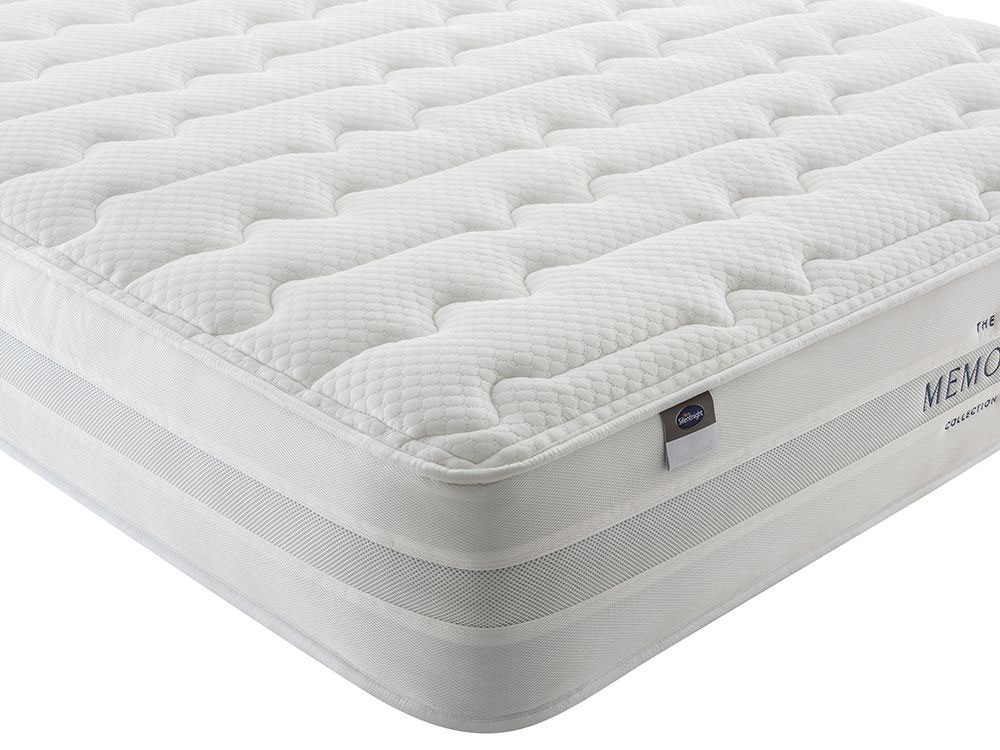1. Check the water supply
If you turn on your kitchen sink and there is no water coming out, the first thing to check is the water supply. Make sure that the main water valve is turned on and that there are no disruptions or maintenance work happening in your area that could be affecting the water supply.
If there is no issue with the water supply, the problem may lie within the faucet itself.
2. Check the faucet
The faucet is the most common culprit for low water pressure in the kitchen sink. Over time, the internal parts of the faucet can become worn or clogged, causing a decrease in water flow.
Start by checking the faucet aerator, which is the small screen at the end of the faucet where the water comes out. If it is clogged with mineral deposits or debris, it can restrict water flow. Clean the aerator with a brush and some vinegar to remove any buildup.
3. Check the aerator
If cleaning the aerator doesn't solve the issue, then it may be time to replace it. A new aerator can easily be purchased at a hardware store and can make a big difference in water pressure.
4. Check the pipes
If the aerator is not the problem, then there may be an issue with the pipes. Check to see if there are any visible leaks or damage to the pipes under the sink. If there are, it may be necessary to call a professional plumber to fix the issue.
5. Check the shut-off valve
Another common cause of low water pressure in the kitchen sink is a partially closed shut-off valve. This valve controls the flow of water to the sink and can become accidentally turned off or partially closed. Make sure the valve is fully open to allow for proper water flow.
6. Check for clogs
Clogs can also cause low water pressure in the kitchen sink. If you have a garbage disposal, make sure it is not clogged or jammed. You can also try using a plunger to clear any blockages in the drain.
7. Check the water pressure regulator
If you have checked all of the above and are still experiencing low water pressure, it may be an issue with the water pressure regulator. This is a device that controls the overall water pressure in your home. If it is not functioning properly, it can cause low water pressure in certain areas of the house, including the kitchen sink.
It is best to call a professional plumber to inspect and potentially replace the water pressure regulator if necessary.
8. Check for leaks
Leaks can also contribute to low water pressure in the kitchen sink. Check for any leaks under the sink or in the pipes leading to the sink. If you notice any leaks, it is important to have them fixed as soon as possible to prevent further damage and water loss.
9. Call a plumber
If you have exhausted all of the above options and are still experiencing low water pressure in your kitchen sink, it is best to call a professional plumber. They will have the knowledge and tools to properly diagnose and fix the issue.
Trying to fix a plumbing issue on your own can often lead to more problems and potentially costly repairs. It is always best to leave it to the experts.
10. Install a new faucet
If all else fails, it may be time to install a new faucet. Over time, faucets can become worn and lose their ability to provide adequate water pressure. Upgrading to a new faucet can not only improve water pressure but also give your kitchen a fresh new look.
Make sure to choose a high-quality faucet and have it installed by a professional to ensure proper function and water pressure.
In conclusion, experiencing low water pressure in your kitchen sink can be frustrating, but it is usually a simple fix. By checking the water supply, faucet, aerator, pipes, shut-off valve, and for clogs and leaks, you can likely determine the cause of the issue. If all else fails, don't hesitate to call a professional plumber for assistance. With the right steps and precautions, you can enjoy a fully functioning and high-pressure kitchen sink once again.
How House Design Can Affect Water Pressure in Your Kitchen Sink

Understanding the Importance of Water Pressure in Your Kitchen Sink
 Water pressure is a crucial factor in any household, especially when it comes to your kitchen sink. From washing dishes to filling up pots and pans, having adequate water pressure is necessary for daily tasks. However, if you suddenly notice a decrease in water pressure in your kitchen sink, it can be frustrating and inconvenient. Before calling a plumber, it's essential to understand the potential causes of low water pressure, including the impact of your house design.
Water pressure is a crucial factor in any household, especially when it comes to your kitchen sink. From washing dishes to filling up pots and pans, having adequate water pressure is necessary for daily tasks. However, if you suddenly notice a decrease in water pressure in your kitchen sink, it can be frustrating and inconvenient. Before calling a plumber, it's essential to understand the potential causes of low water pressure, including the impact of your house design.
The Role of House Design in Water Pressure
 Many homeowners may not realize that their house design can play a significant role in the water pressure of their kitchen sink. The plumbing system of a house is responsible for delivering water to different areas, and the layout and design of the plumbing can affect the water pressure. For instance, if your kitchen is located far from the main water source, or if the pipes are too narrow, it can result in low water pressure.
Related Keyword:
plumbing system, layout, design, pipes, water pressure
Many homeowners may not realize that their house design can play a significant role in the water pressure of their kitchen sink. The plumbing system of a house is responsible for delivering water to different areas, and the layout and design of the plumbing can affect the water pressure. For instance, if your kitchen is located far from the main water source, or if the pipes are too narrow, it can result in low water pressure.
Related Keyword:
plumbing system, layout, design, pipes, water pressure
The Impact of Kitchen Sink Location
 Another factor that can affect water pressure in your kitchen sink is its location in relation to the main water source. If your kitchen sink is located on the second floor of your house, it may experience lower water pressure compared to a sink on the first floor. This is because the water has to travel a longer distance and may lose pressure along the way. Additionally, the height of your kitchen sink can also affect water pressure. A sink mounted too high or too low can cause a decrease in water pressure.
Related Keyword:
second floor, first floor, distance, height, mounted
Another factor that can affect water pressure in your kitchen sink is its location in relation to the main water source. If your kitchen sink is located on the second floor of your house, it may experience lower water pressure compared to a sink on the first floor. This is because the water has to travel a longer distance and may lose pressure along the way. Additionally, the height of your kitchen sink can also affect water pressure. A sink mounted too high or too low can cause a decrease in water pressure.
Related Keyword:
second floor, first floor, distance, height, mounted
The Importance of Proper Plumbing Maintenance
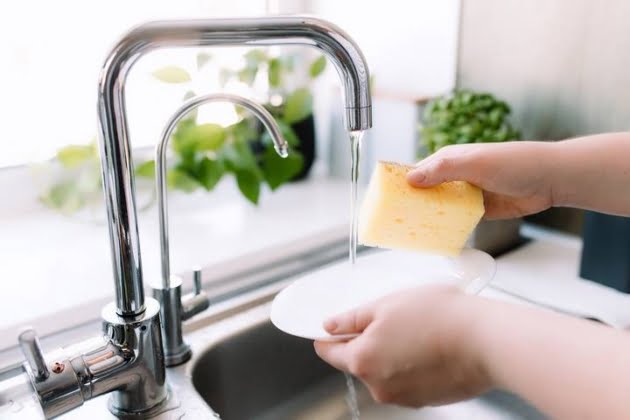 To ensure optimal water pressure in your kitchen sink, it's crucial to regularly maintain your plumbing system. Over time, pipes can become clogged with debris or mineral buildup, leading to decreased water pressure. By scheduling routine maintenance checks with a professional plumber, you can prevent any potential issues and ensure that your kitchen sink has proper water pressure.
Related Keyword:
plumbing system, clogged, debris, mineral buildup, maintenance
To ensure optimal water pressure in your kitchen sink, it's crucial to regularly maintain your plumbing system. Over time, pipes can become clogged with debris or mineral buildup, leading to decreased water pressure. By scheduling routine maintenance checks with a professional plumber, you can prevent any potential issues and ensure that your kitchen sink has proper water pressure.
Related Keyword:
plumbing system, clogged, debris, mineral buildup, maintenance
In Conclusion
 In summary, having adequate water pressure in your kitchen sink is essential for daily tasks and can be affected by various house design factors. By understanding the impact of your plumbing system, sink location, and regular maintenance, you can ensure that your kitchen sink has proper water pressure. If you continue to experience low water pressure despite these measures, it may be necessary to consult a professional plumber for further assistance.
In summary, having adequate water pressure in your kitchen sink is essential for daily tasks and can be affected by various house design factors. By understanding the impact of your plumbing system, sink location, and regular maintenance, you can ensure that your kitchen sink has proper water pressure. If you continue to experience low water pressure despite these measures, it may be necessary to consult a professional plumber for further assistance.
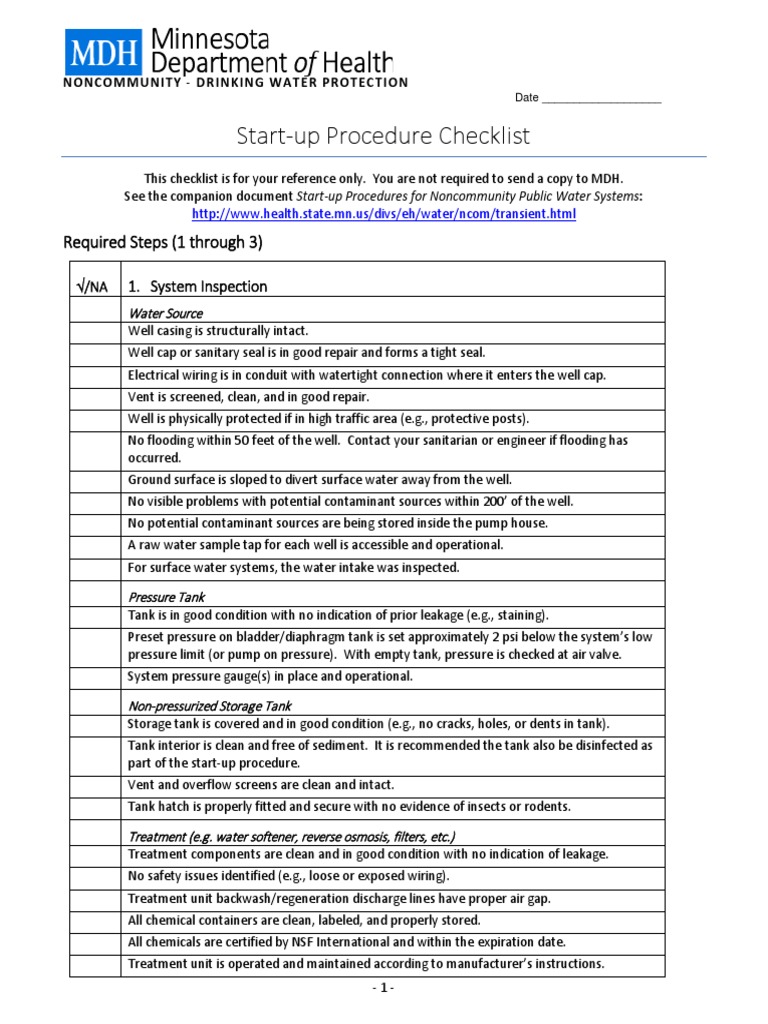

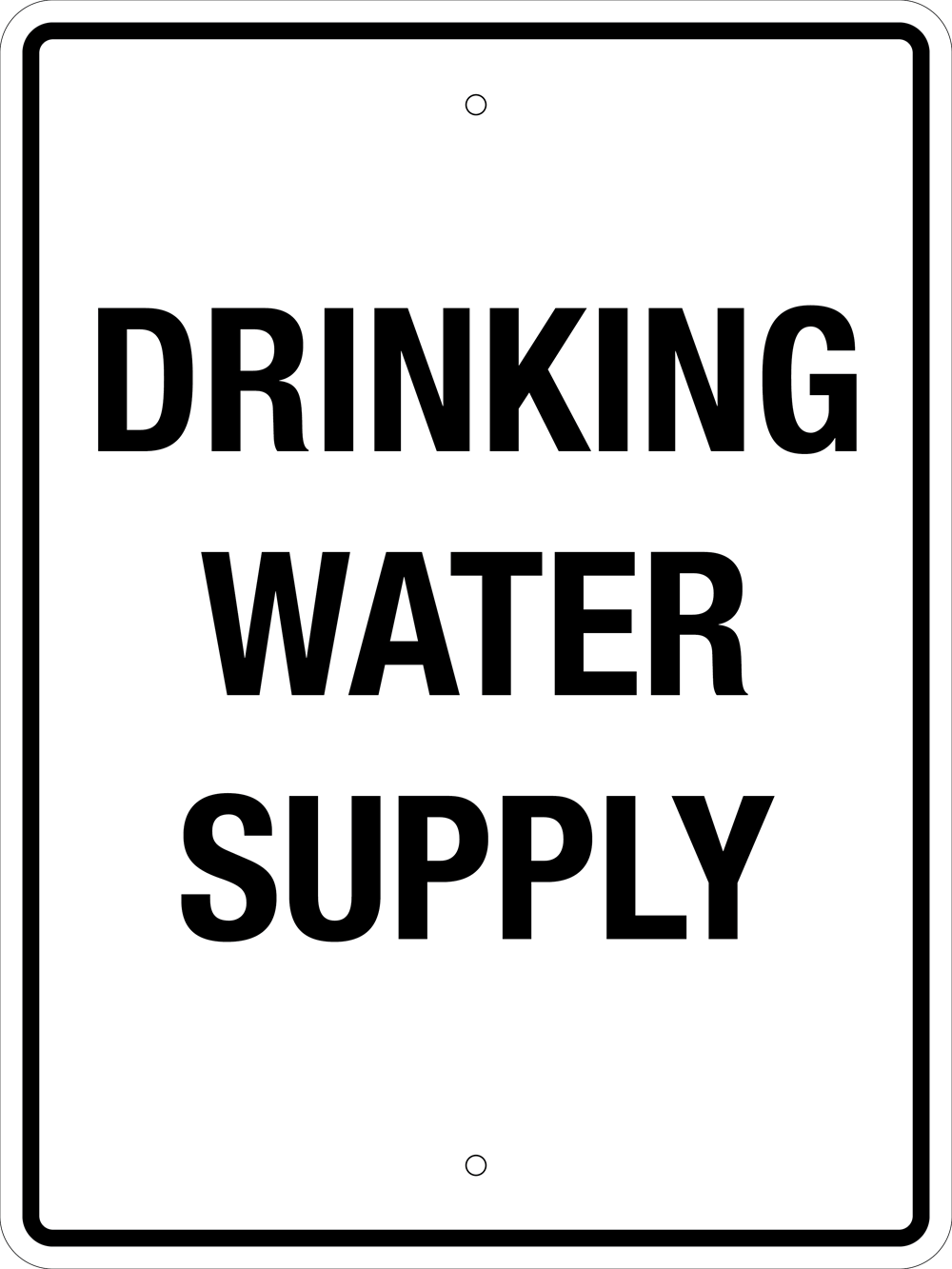
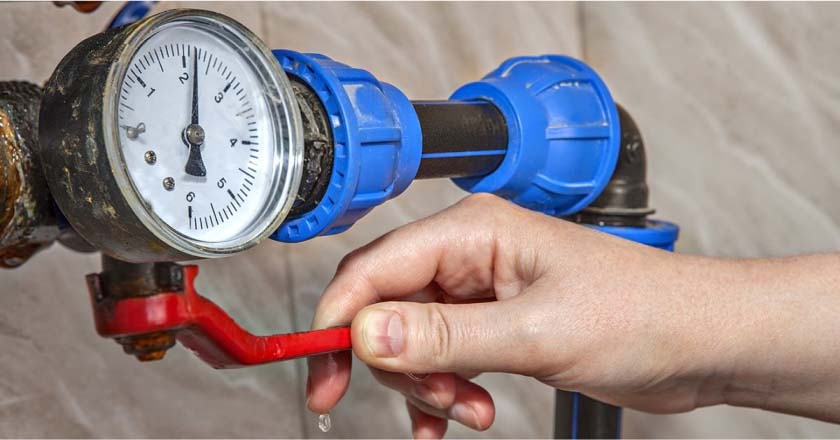
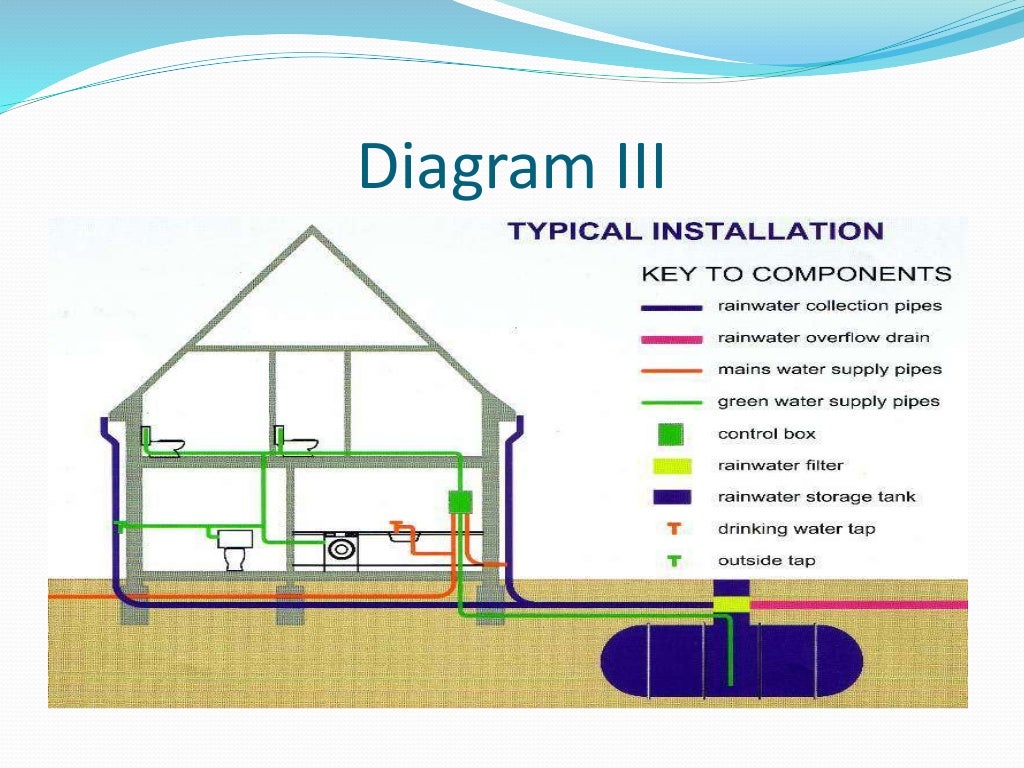


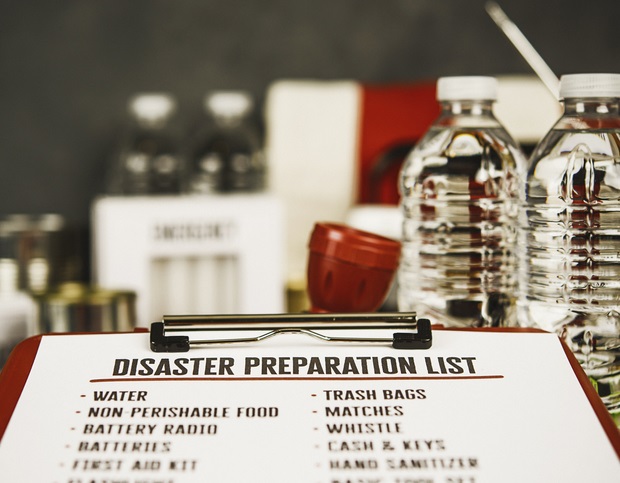


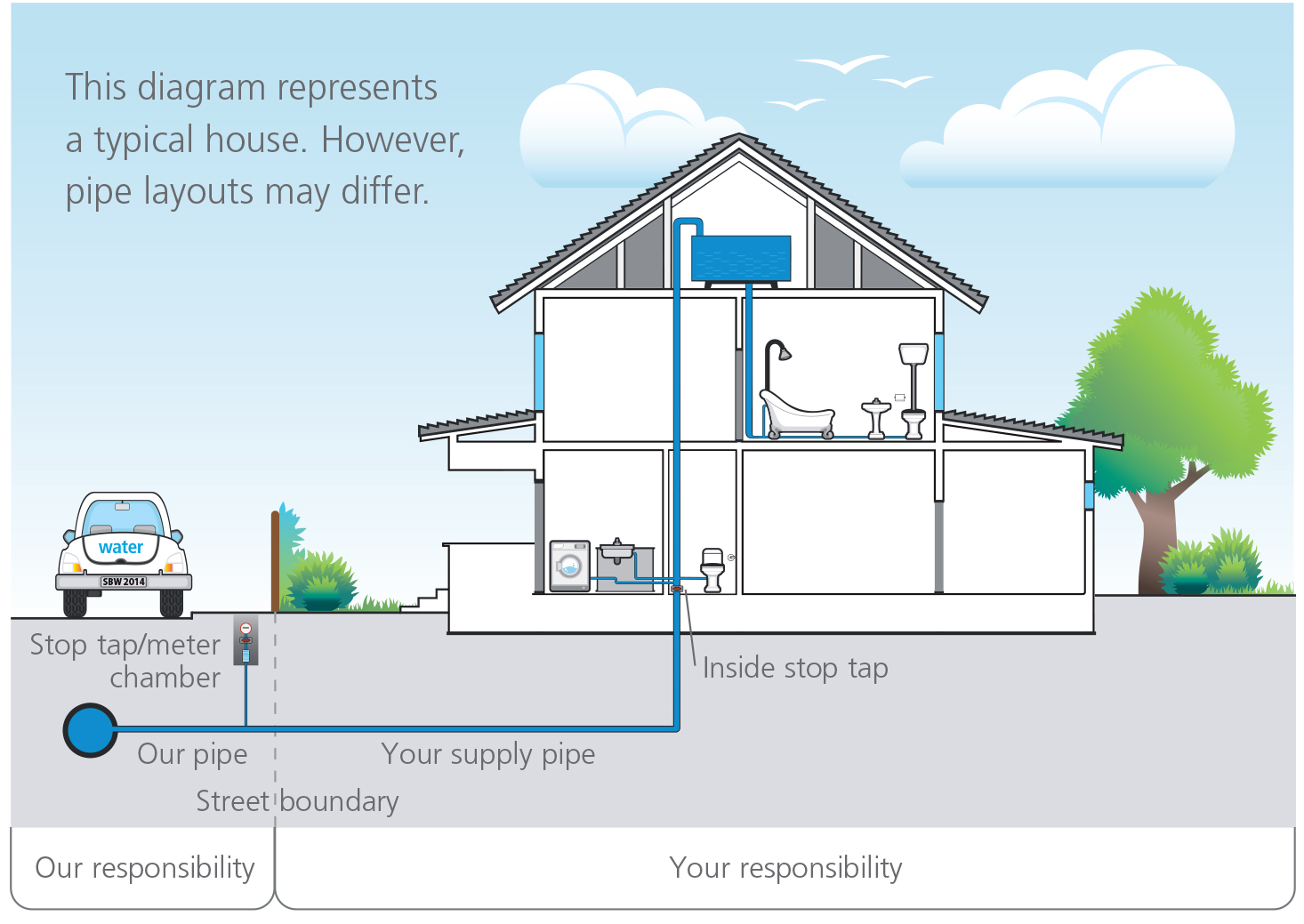




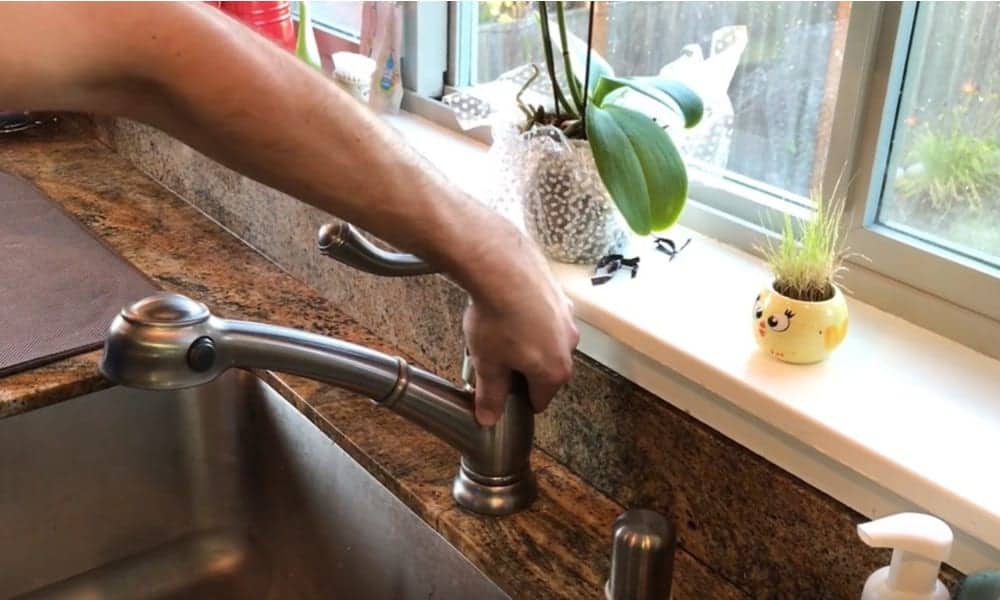



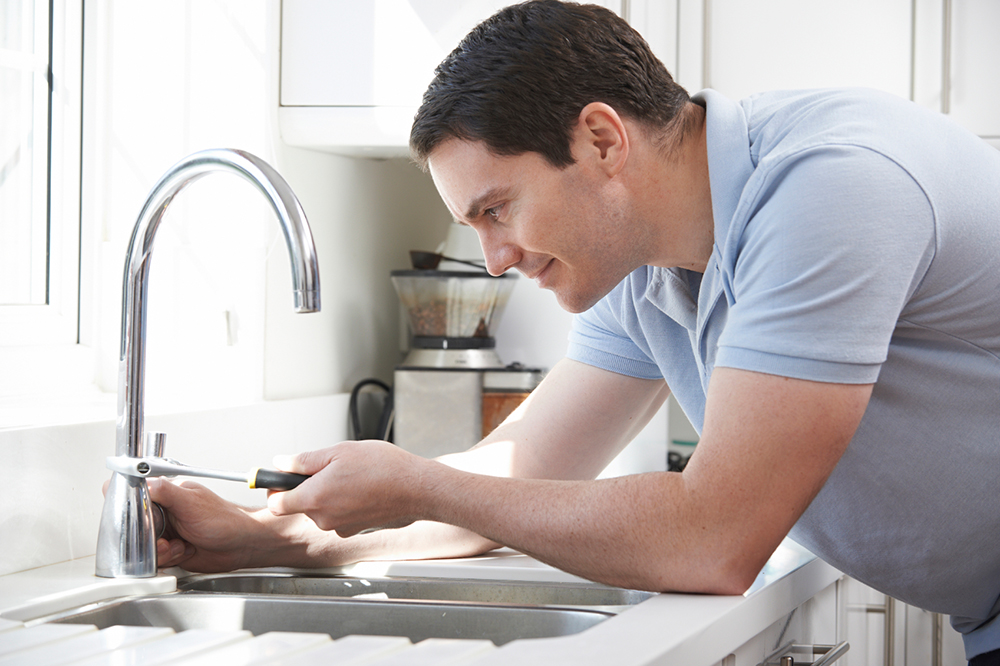

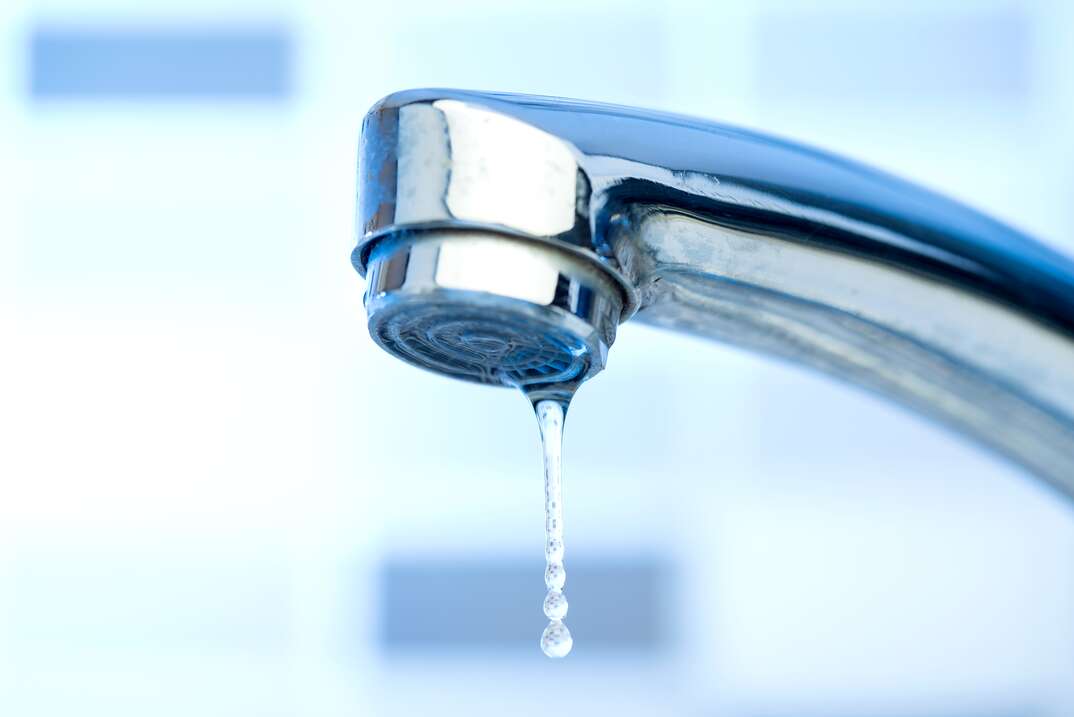




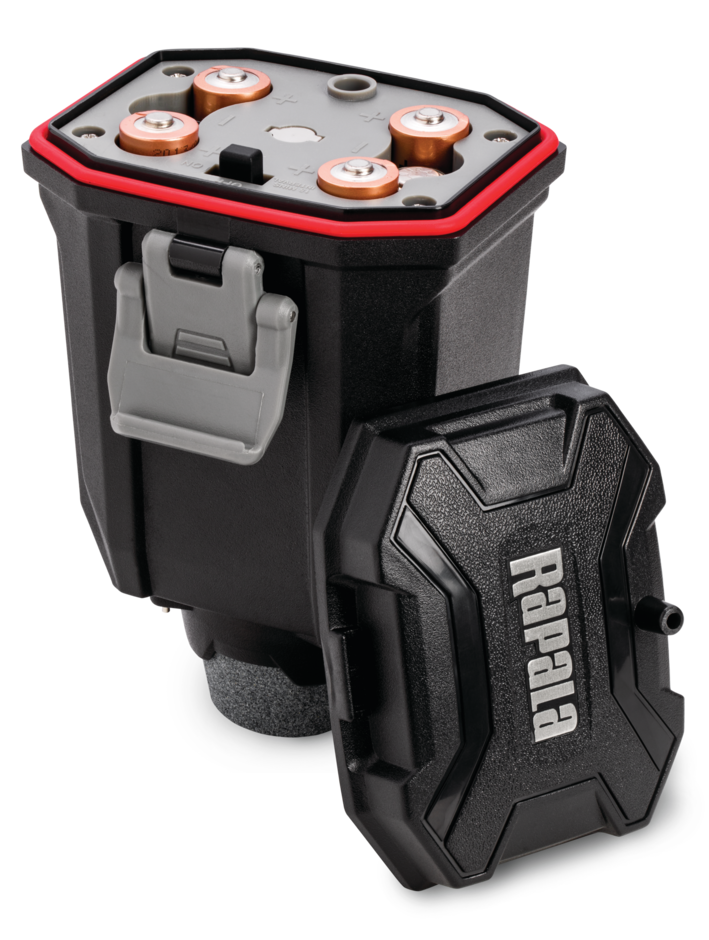






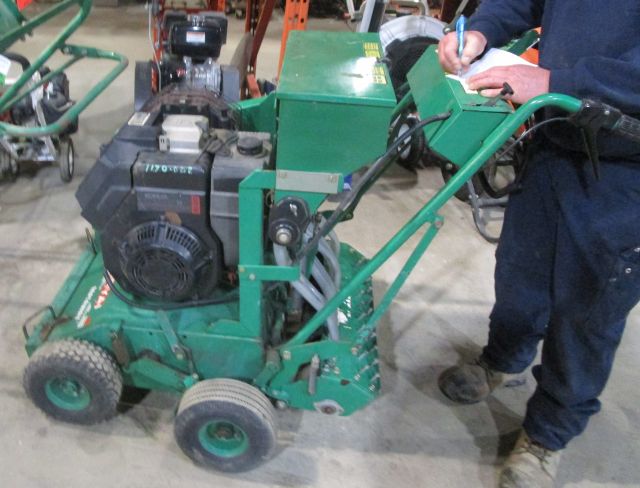
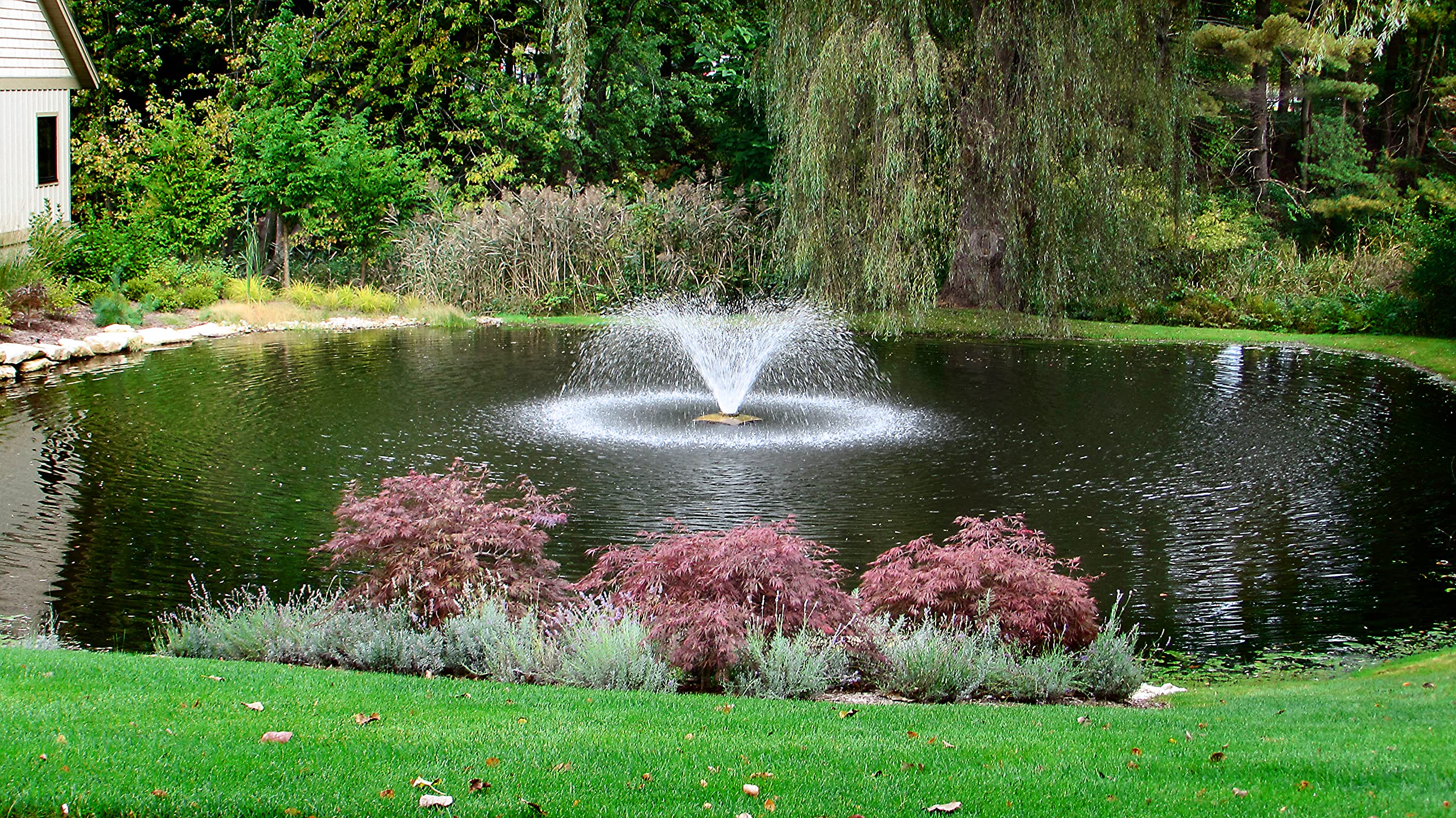














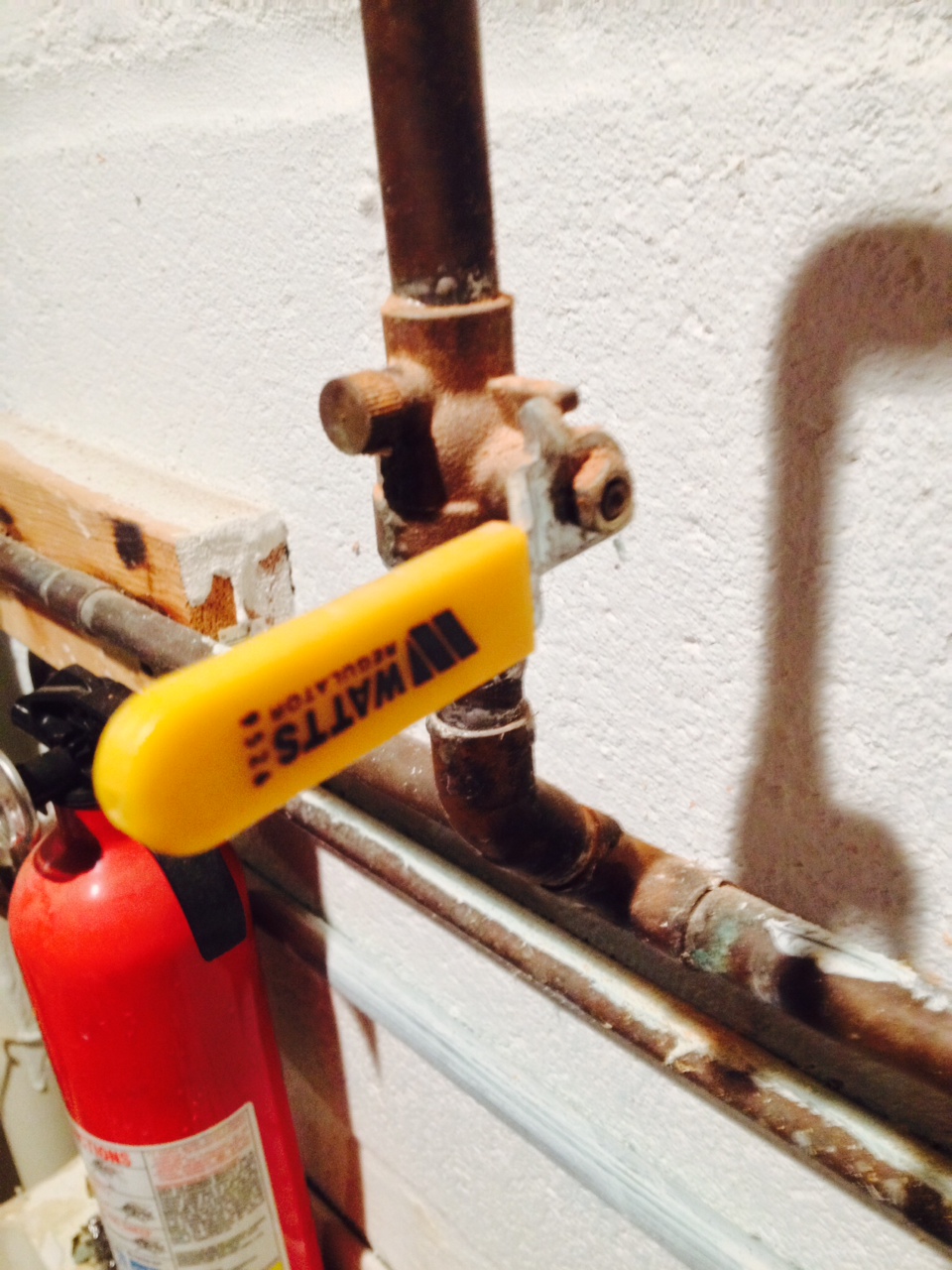

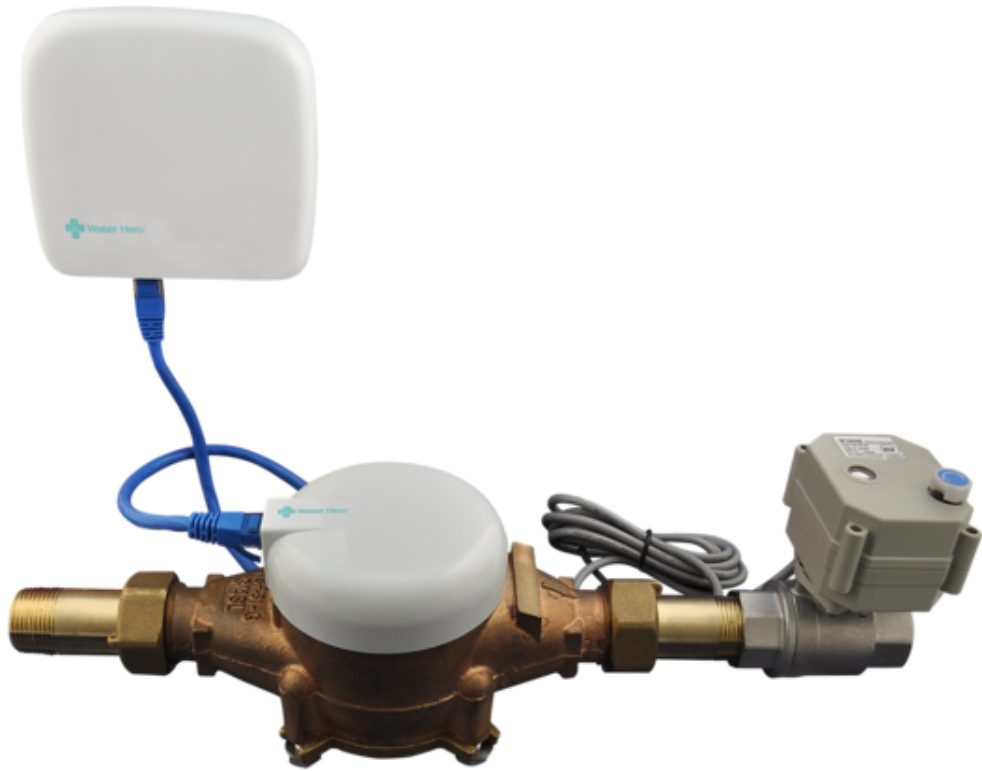


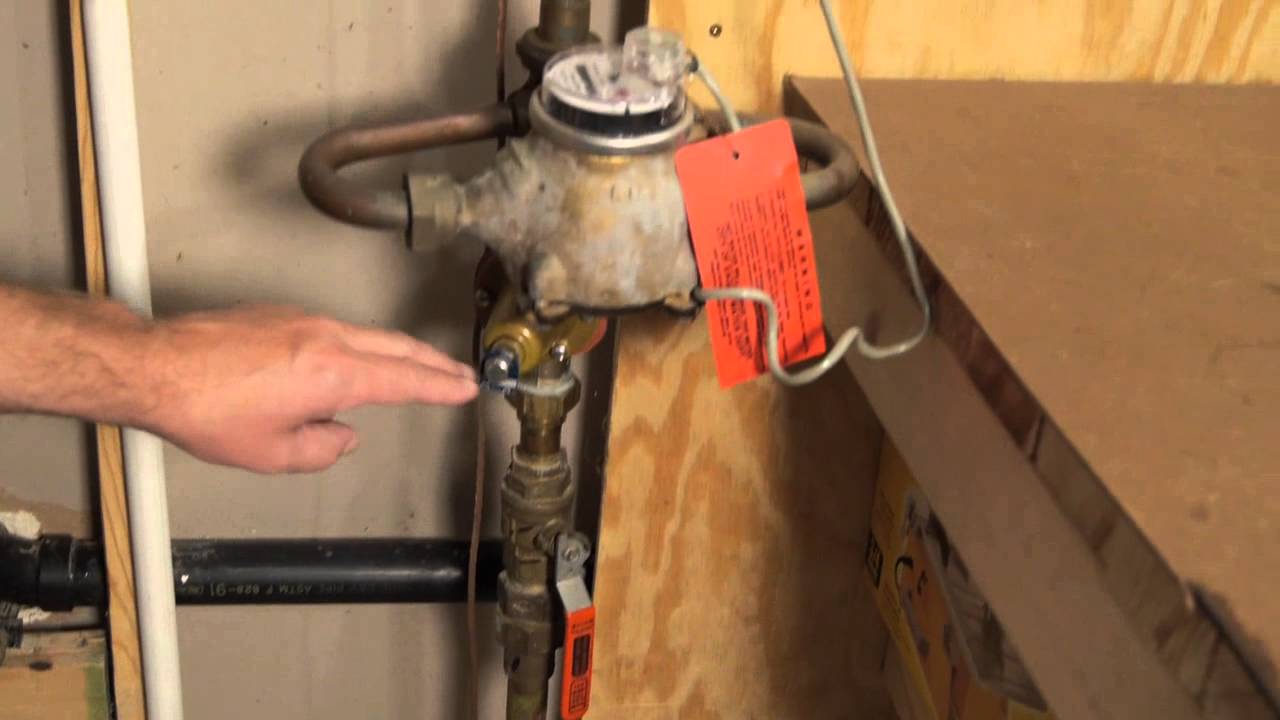
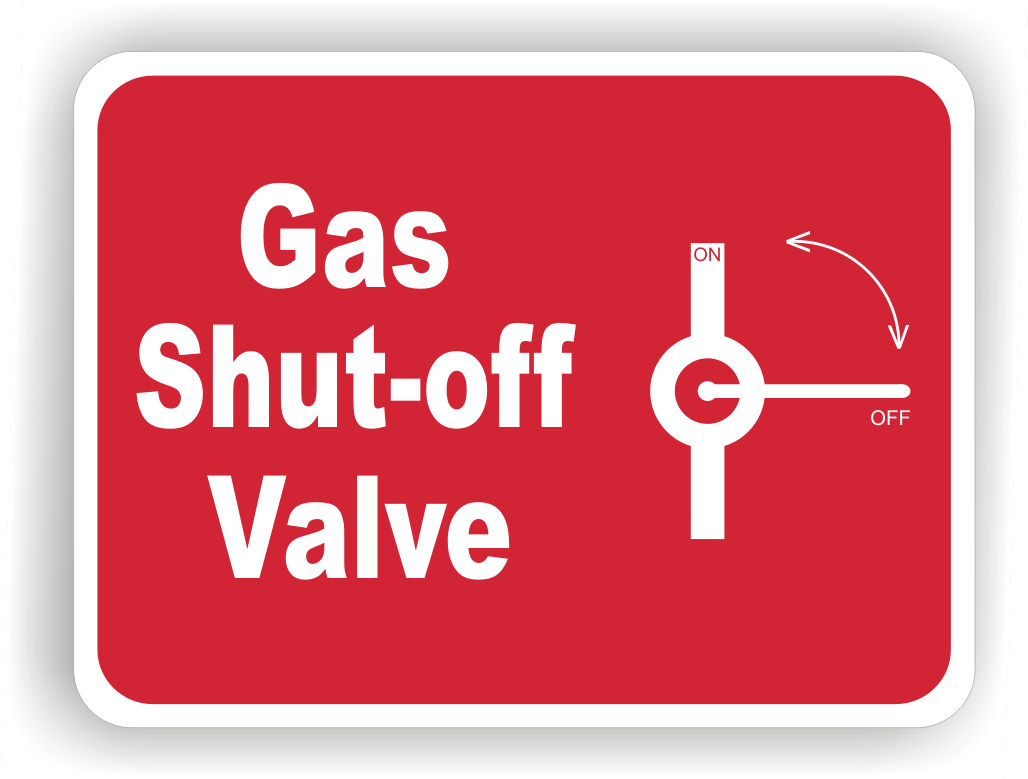

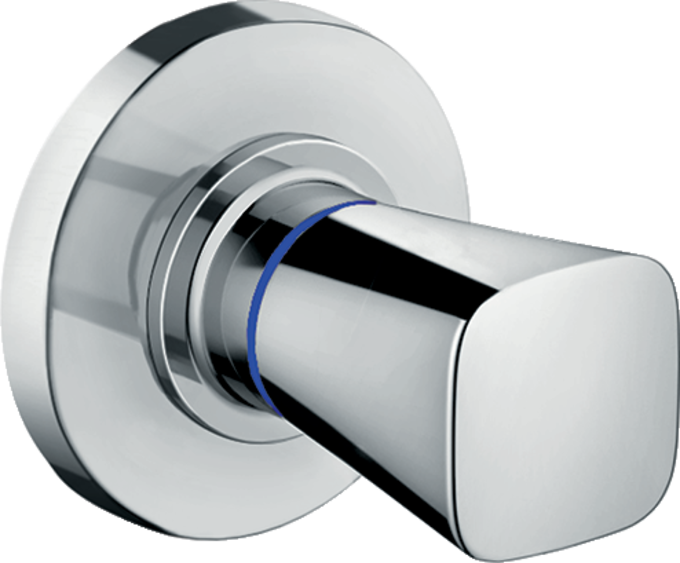
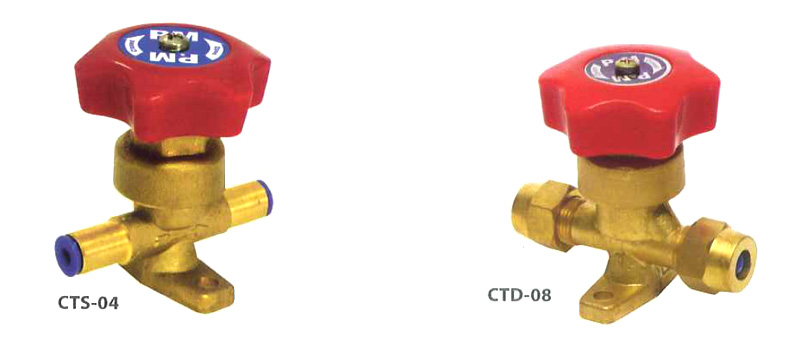




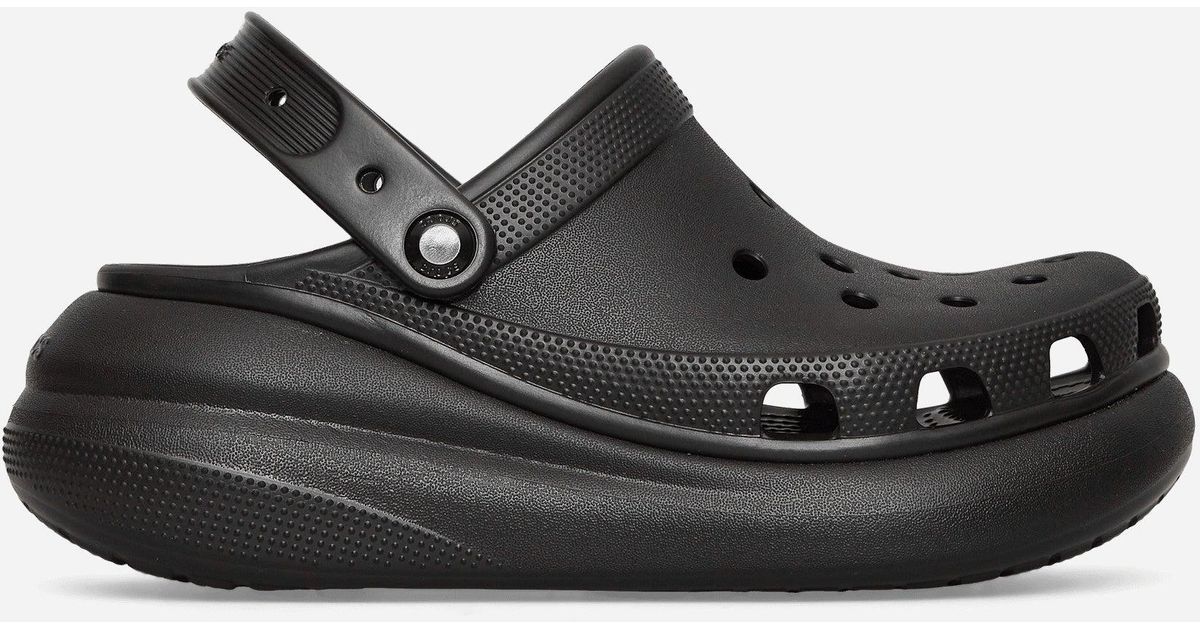
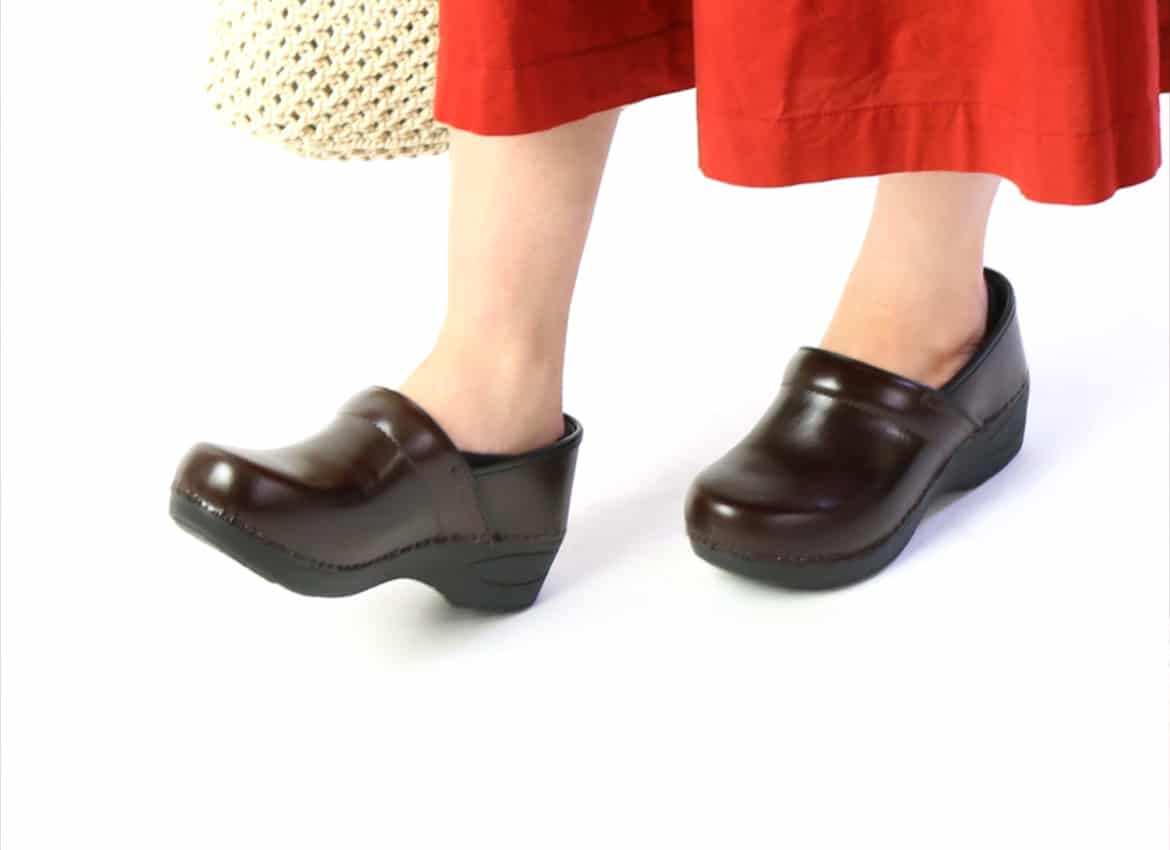

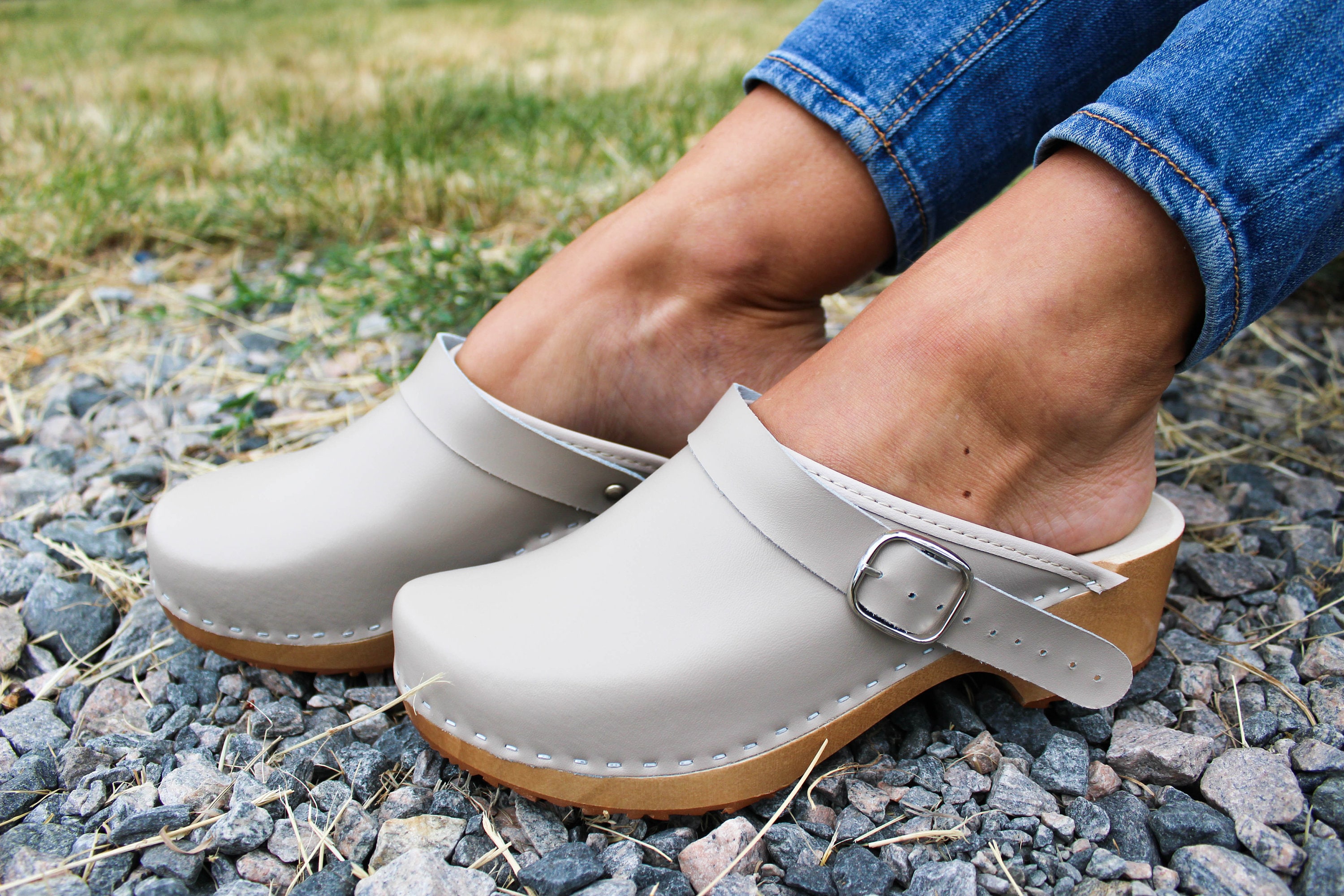
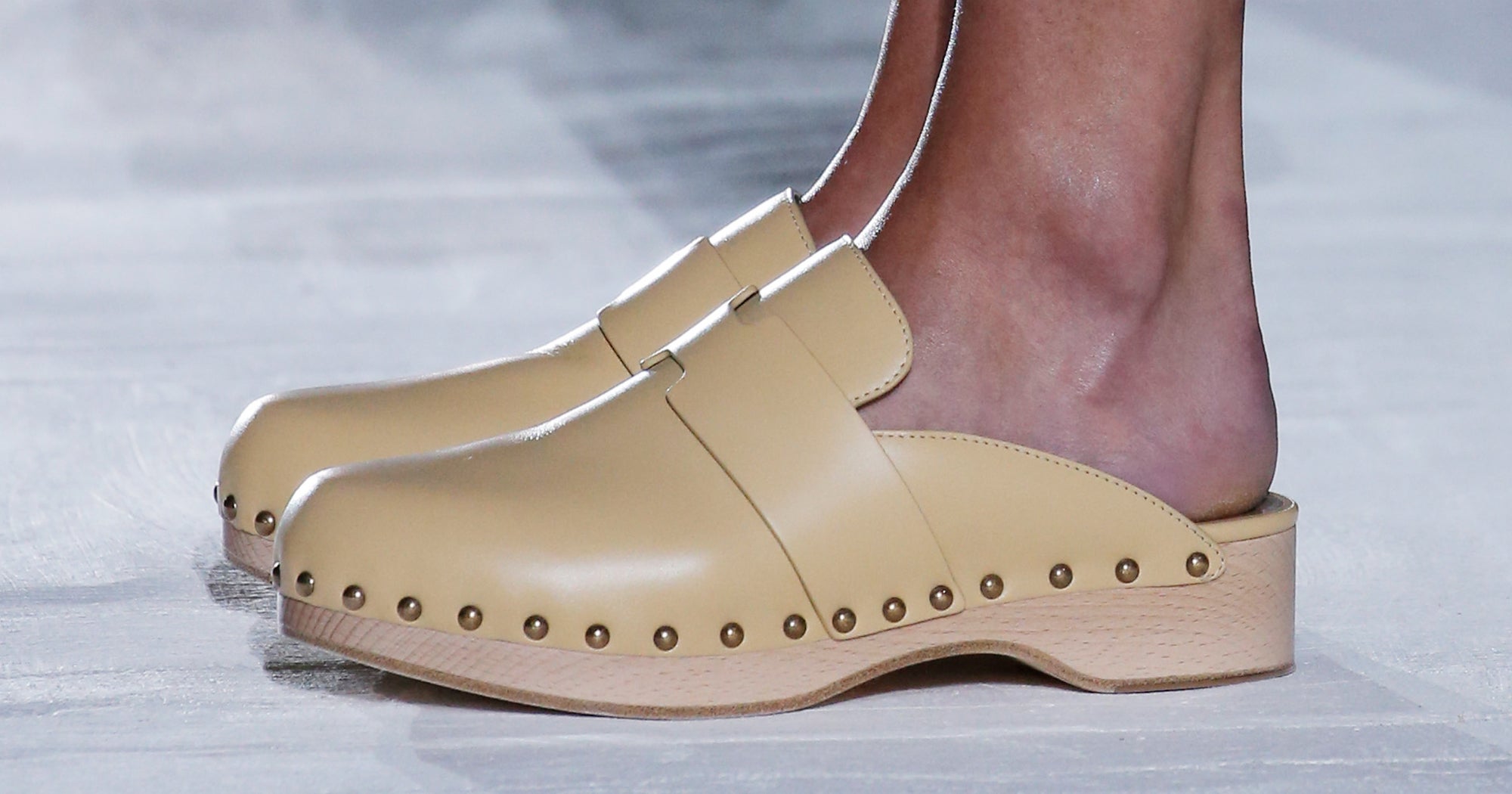
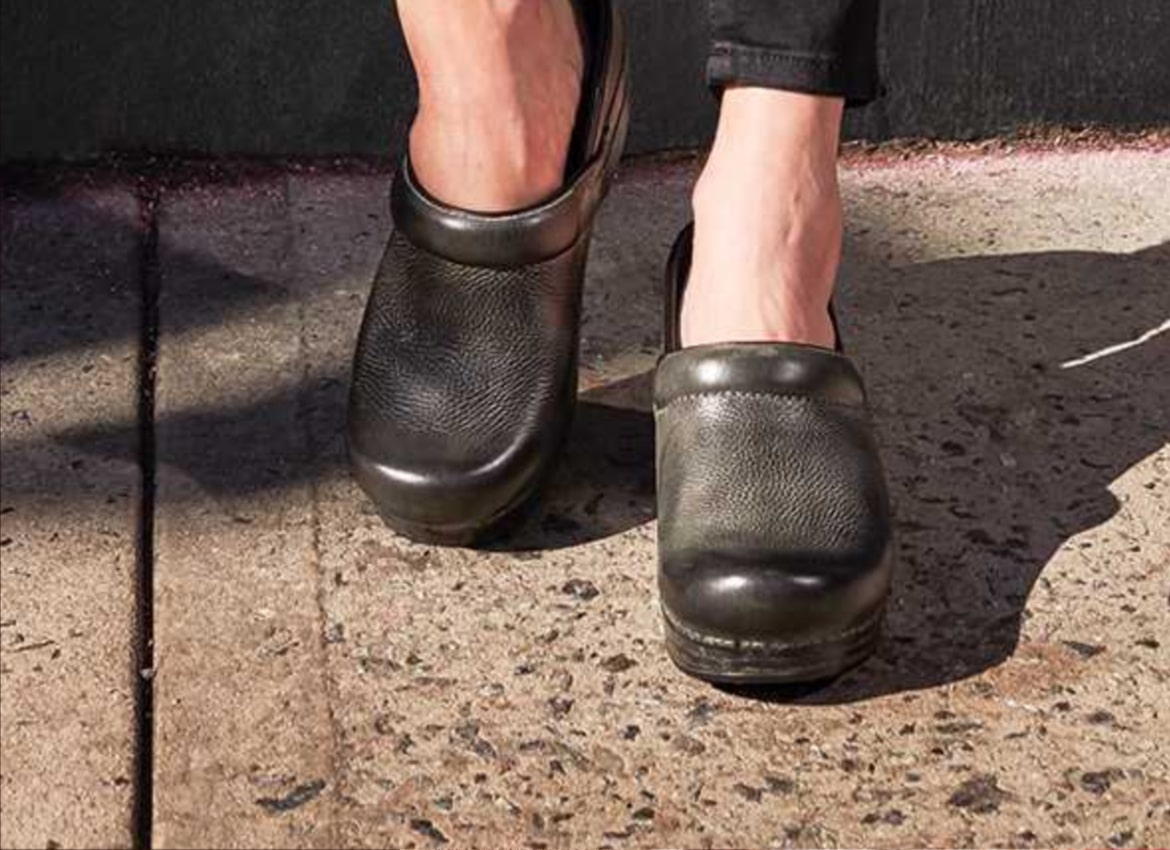





:max_bytes(150000):strip_icc()/the-men-s-hand-opens-the-ball-valve-on-the-collector-1006810456-5c5fc73fc9e77c000159c4af.jpg)




:max_bytes(150000):strip_icc()/testing-water-pressure-in-your-home-2718692-04-c37ab3236d0d4b61b87079ebf9ef823e.jpg)






